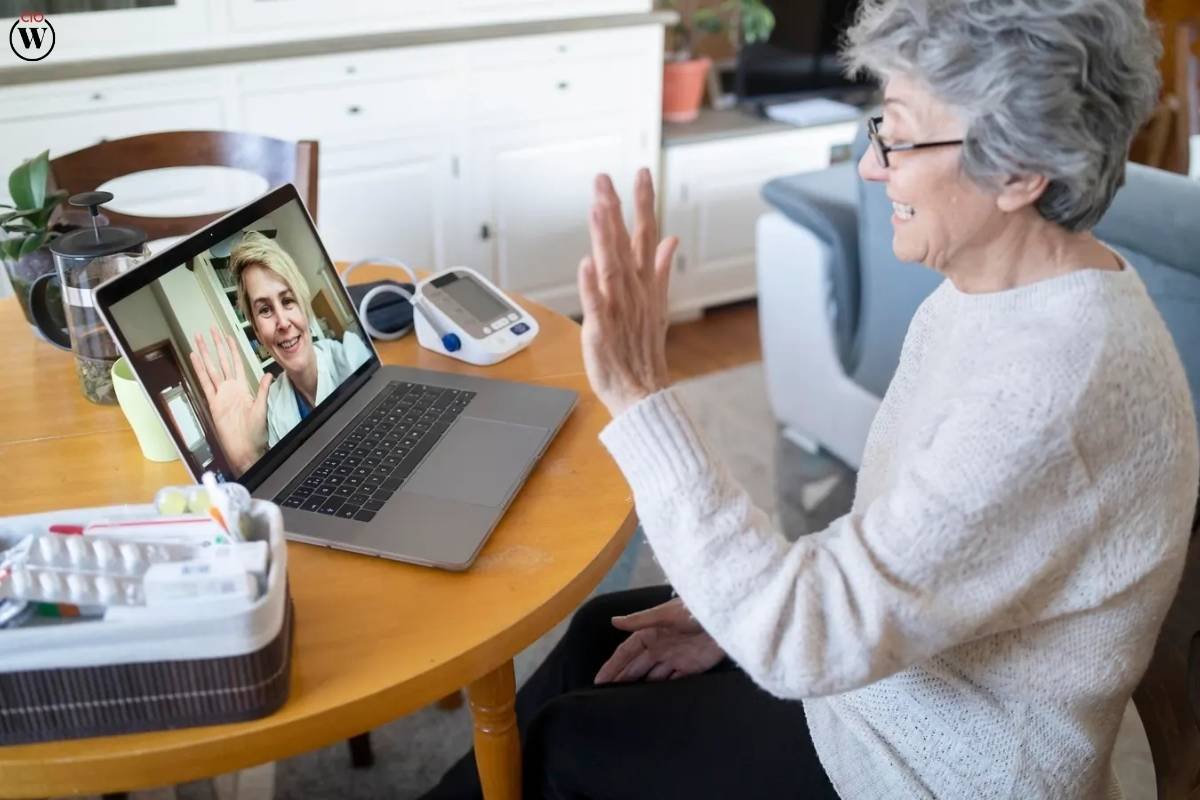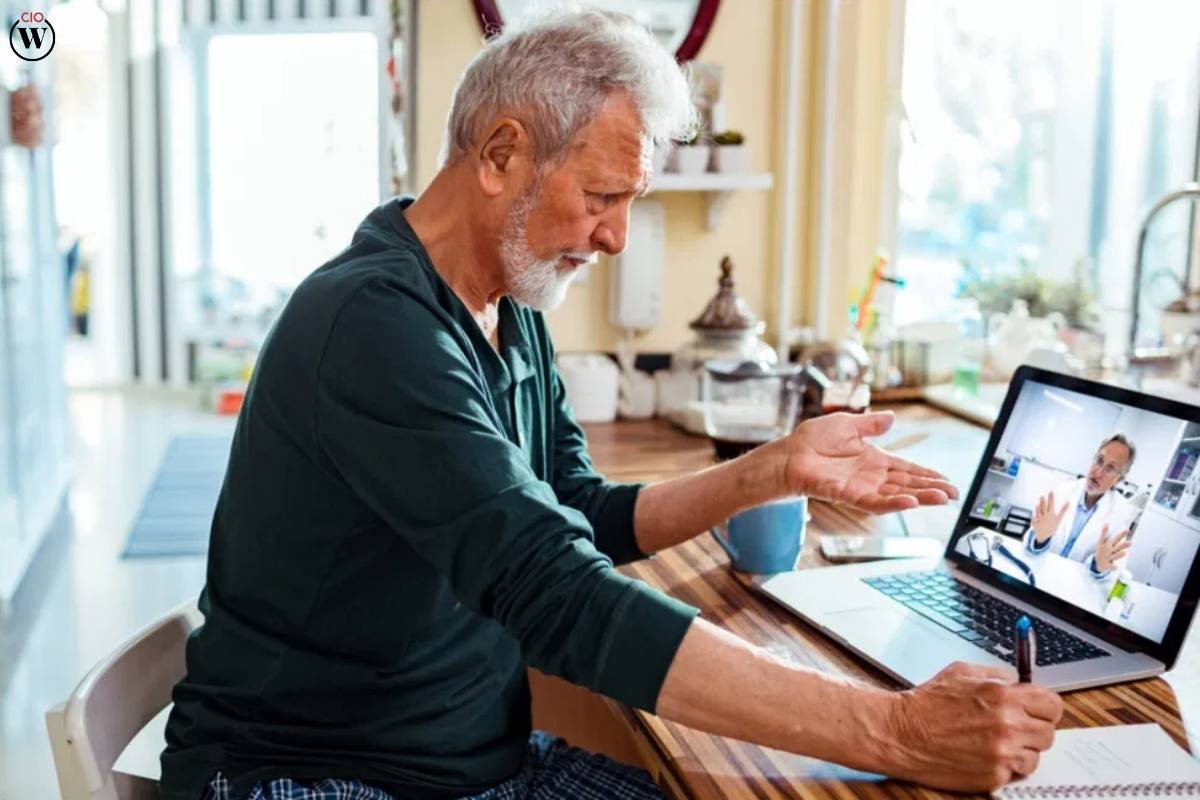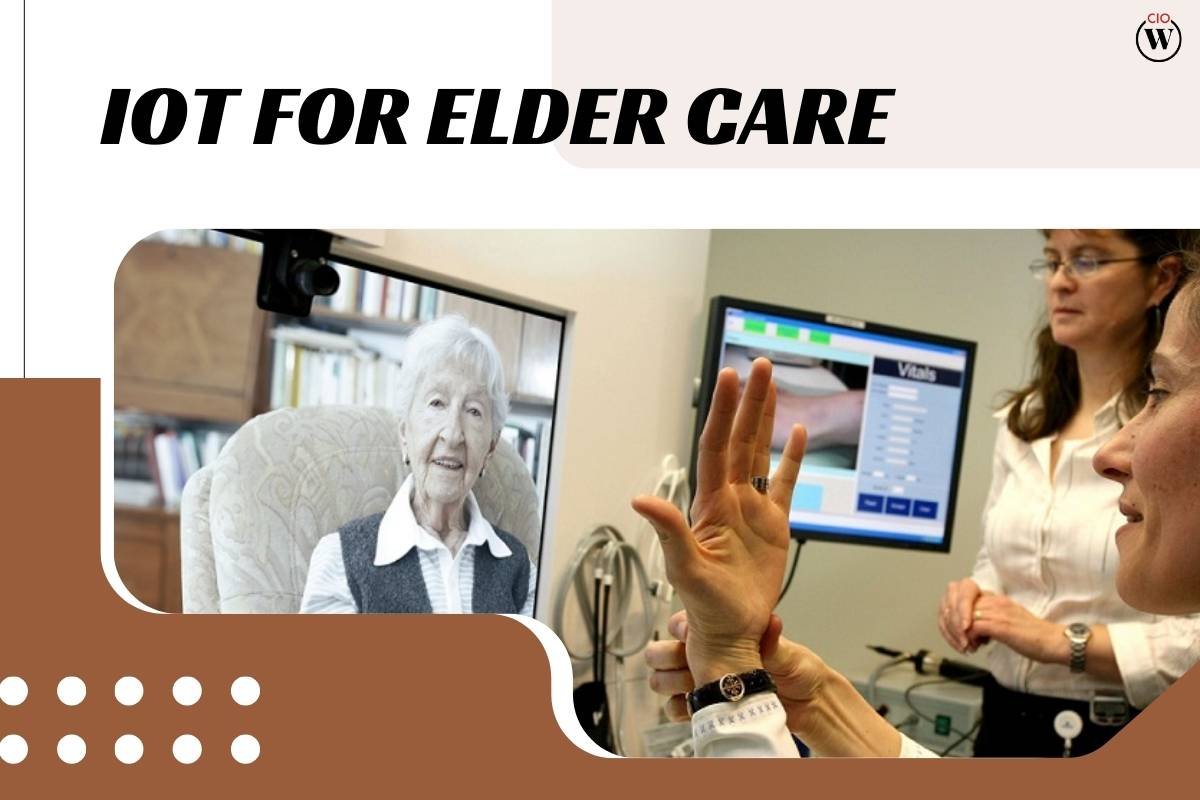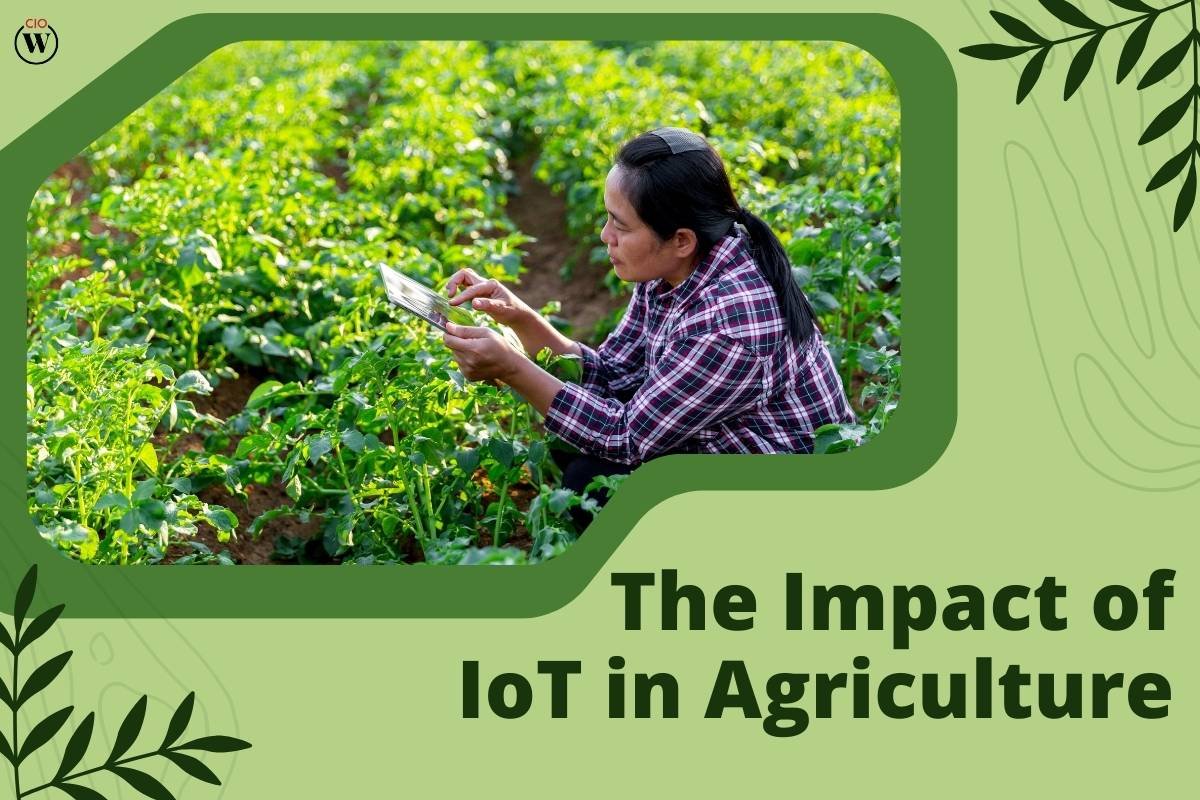Source – IoThought.Com
The aging population is growing at an unprecedented rate. With advancements in healthcare and increased life expectancy, there is a burgeoning need for innovative solutions to support the elderly. One such groundbreaking solution is the Internet of Things (IoT). In this blog, we’ll delve into how IoT for elder care is transforming senior living, enhancing safety, health, and overall quality of life.
What is IoT?
Before diving into its applications, let’s briefly understand what IoT is. The Internet of Things refers to a network of physical devices connected to the internet, collecting and sharing data. These devices range from everyday household items to sophisticated healthcare equipment, all equipped with sensors, software, and other technologies to communicate and interact with each other.
The Growing Need for IoT in Elder Care
As the global population ages, the need for efficient and effective elder care solutions becomes more critical. Traditional elder care methods often rely heavily on human intervention, which can be resource-intensive and sometimes unreliable. IoT for elder care offers a promising alternative by providing continuous monitoring, real-time data, and proactive health management.
Key Applications of IoT for Elder Care
1. Remote Health Monitoring

One of the most significant applications of IoT for elder care is remote health monitoring. Wearable devices like smartwatches and fitness trackers can monitor vital signs such as heart rate, blood pressure, and oxygen levels. These devices can send real-time data to healthcare providers, enabling them to track the health status of elderly patients continuously. This continuous monitoring can help detect early signs of potential health issues, allowing for timely medical intervention.
2. Fall Detection and Prevention
Falls are a leading cause of injury among the elderly. IoT-enabled devices can play a crucial role in fall detection and prevention. Sensors placed around the home can monitor movement and detect unusual patterns that may indicate a fall. For instance, if a sensor detects a sudden change in altitude or a prolonged period of immobility, it can send an alert to caregivers or emergency services. Additionally, wearable devices can use accelerometers and gyroscopes to detect falls and automatically send out alerts.
3. Medication Management
Elderly individuals often have multiple prescriptions, which can be challenging to manage. IoT for elder care includes smart medication dispensers that ensure timely and accurate medication intake. These devices can be programmed to dispense the correct dosage at the right time and send reminders to the user. They can also alert caregivers if a dose is missed, ensuring adherence to prescribed medication regimens.
4. Smart Home Integration
IoT technology extends to smart home devices that can significantly enhance the safety and comfort of elderly individuals. Smart home systems can automate lighting, heating, and security, making it easier for seniors to manage their living environment. For instance, voice-activated assistants can help with daily tasks, and smart doorbells with cameras can enhance security by allowing seniors to see and communicate with visitors without opening the door.
5. Emergency Response Systems
In emergencies, every second counts. IoT-enabled emergency response systems can provide swift assistance to elderly individuals. Panic buttons, wearable alert devices, and smart home sensors can immediately notify emergency services and caregivers when triggered. These systems can also provide vital information, such as the individual’s location and medical history, to responders, ensuring prompt and appropriate care.
Benefits of IoT for Elder Care
1. Enhanced Safety
Safety is a paramount concern in elder care. IoT for elder care significantly enhances safety by providing constant monitoring and immediate alerts. Whether it’s detecting a fall, monitoring vital signs, or securing the home environment, IoT devices ensure that help is always within reach.
2. Improved Health Management

With continuous health monitoring, IoT for elder care facilitates better health management. Healthcare providers can access real-time data, track health trends, and make informed decisions about treatment plans. This proactive approach can lead to early diagnosis and intervention, improving overall health outcomes.
3. Increased Independence
One of the most significant advantages of IoT for elder care is the increased independence it offers seniors. With smart devices and systems in place, elderly individuals can manage their daily routines more efficiently, reducing their reliance on caregivers. This autonomy can significantly enhance their quality of life and sense of dignity.
4. Peace of Mind for Families
IoT for elder care not only benefits the elderly but also provides peace of mind for their families. Knowing that their loved ones are being monitored and can receive immediate assistance if needed alleviates the stress and anxiety often associated with elder care. Family members can stay connected and informed about their loved one’s well-being, even from a distance.
Challenges and Considerations
While the advantages of IoT for elder care are substantial, there are also challenges and considerations to address:
1. Privacy and Security
With the extensive data collection involved in IoT for elder care, privacy and security are major concerns. Ensuring that personal health information is protected and that devices are secure from hacking is crucial. Implementing robust encryption, secure communication protocols, and regular software updates can help mitigate these risks.
2. Cost and Accessibility
The cost of IoT devices and their installation can be a barrier for some individuals and families. Ensuring that these technologies are affordable and accessible to a broader population is essential. Additionally, providing training and support for seniors to use these devices effectively is necessary for maximizing their benefits.
3. Integration with Healthcare Systems
For IoT for elder care to be truly effective, seamless integration with existing healthcare systems is vital. This integration ensures that data from IoT devices can be easily accessed and utilized by healthcare providers. Developing standardized protocols and interoperability between devices and healthcare systems is key to achieving this integration.
The Future of IoT for Elder Care
The future of IoT for elder care looks promising, with ongoing advancements in technology and increased adoption. Here are some trends to watch:
1. Artificial Intelligence and Machine Learning
Integrating artificial intelligence (AI) and machine learning (ML) with IoT for elder care can enhance predictive analytics and personalized care. AI algorithms can analyze data from IoT devices to predict potential health issues and recommend preventive measures. This capability can revolutionize elder care by shifting from reactive to proactive healthcare.
2. Enhanced Wearable Technology
Wearable technology is continuously evolving, becoming more sophisticated and user-friendly. Future wearables for elder care will likely offer more advanced health monitoring features, longer battery life, and improved comfort. These advancements will further enhance the effectiveness and adoption of IoT for elder care.
3. Expansion of Smart Home Ecosystems
The smart home ecosystem will continue to expand, offering more integrated solutions for elder care. From smart appliances to advanced home automation systems, the range of devices and their capabilities will grow, providing comprehensive support for elderly individuals.
4. Telehealth Integration

The integration of IoT with telehealth services will become more prevalent, offering seamless remote healthcare solutions. Seniors will be able to consult with healthcare providers through virtual platforms, with real-time data from IoT devices enhancing the accuracy and quality of remote consultations.
Conclusion
IoT for elder care is a transformative technology that is revolutionizing the way we support and care for the elderly. From remote health monitoring to smart home integration, IoT offers numerous benefits that enhance safety, health management, and overall quality of life. While challenges such as privacy, cost, and integration need to be addressed, the potential of IoT for elder care is immense. As technology continues to advance, we can look forward to a future where elder care is more efficient, effective, and compassionate, ensuring that our aging population can live with dignity and independence.
In summary, IoT for elder care is not just a technological advancement; it is a vital tool in creating a safer, healthier, and more connected world for our seniors. By embracing IoT solutions, we can ensure that our elderly population receives the care and support they deserve, enabling them to enjoy their golden years with peace of mind and a higher quality of life.









